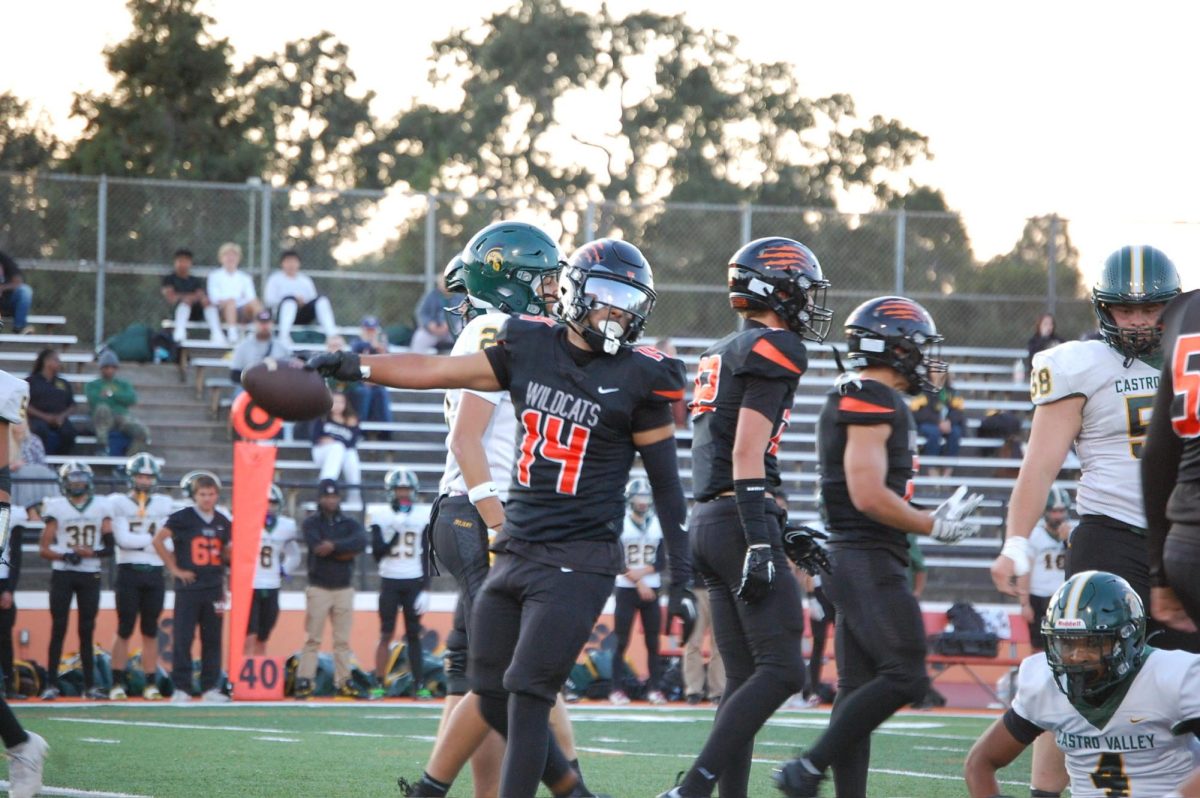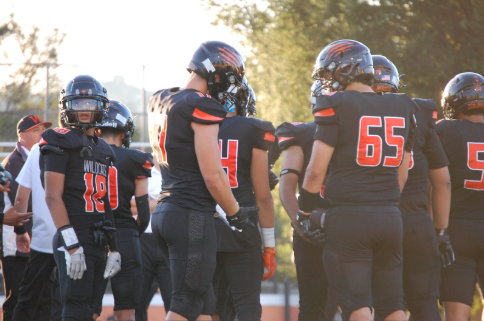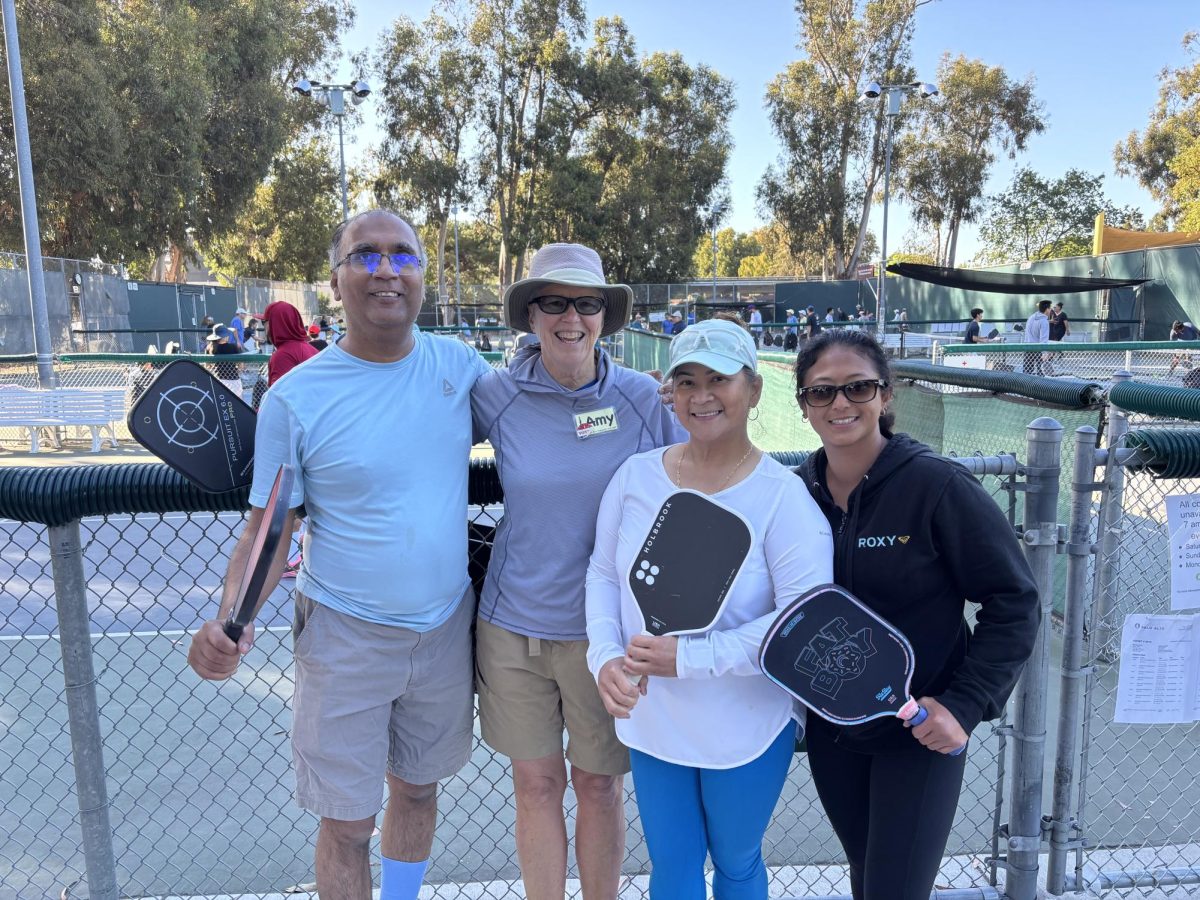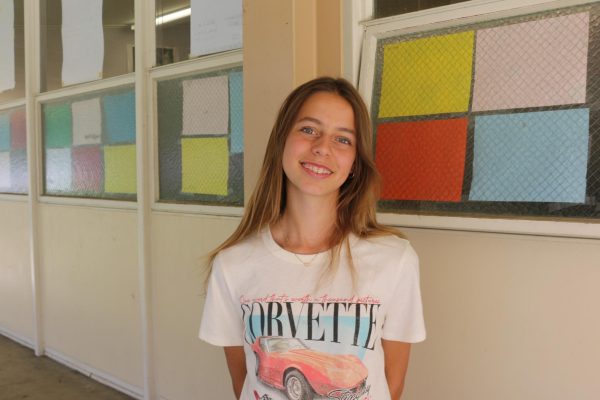In the world of high school sports, success does not only rely on skill and determination, but also on the resources available. With 45 athletic teams, Woodside finds ways to secure funding to keep sports programs running strong.
A vital part of sports is referees, whose numbers may vary depending on the sport. According to the activities director Leslie With, the total cost for referees last year across all sports was around $56,000. One of the main ways the school raises money for referees is from ticket sales at games.
“When students attend football games and basketball games, the money that they’re paying to go to those games actually helps the whole school,” With said. “They pay for the officials for girls lacrosse, for boys lacrosse, for volleyball, water polo [and] all of that.”
Besides paying for referees, there are other important resources needed, such as facilities. They are usually paid for by the district’s budget, which provides basic funding for essential infrastructure needs. One example is the buses used to get student athletes to away games.
“Every single team gets a bus if they need it,” athletic director Timothy Faulkner said. “But what happens with some programs is that since there always has to be a coach on the bus, [getting a bus] depends on the schedule or if the coach wants to take the bus.”
The district might also provide reconditioning for safety gear, such as helmets for football or lacrosse. However, when it comes to similar necessities, such as new uniforms or other upgrades to infrastructure, Woodside’s Athletic Boosters Organization (ABO) enters the picture. The ABO is a non-profit organization run by parent volunteers. It is specific to Woodside and helps raise money for the sports teams.
“I think [the Athletic Booster Organization] is fantastic,” Faulkner said. “They help out with everything needed.”
Faulkner added that some things the ABO also contributes to are the strength and conditioning program, the athletic trainer Andrew La’s new cart and the new scoreboard for basketball in the new gym.
“They help out with every single sport if they need it,” Faulkner said. “We would not be able to exist and function the way we do without them.”
According to ABO head Chris Campaña, one of the main ways the ABO makes money is from parents’ donations.
“We ask parents to donate if they can,” Campaña said. “If they can’t donate, that’s okay, there’s no pressure. It’s a suggested donation, and in that way, we raise [around] $100,000.”
According to Campaña, the ABO raises another $100,000 through sponsorships, like the signs on Woodside road, by the pool, in the gym, on the baseball field and on Bradley field. They also raise money through voluntary events such as the 5k Run and Crab Feed in May.
“If people want to go to the crab feed, they pay $80 and [attend the event],” Campaña said. “Most of that money goes to the ABO and then we turn it around and give that to [the sport] teams.”
According to Campaña, the ABO has never declined a funding request. It independently funds different teams with whatever they need that the district and student body funds don’t cover.
“A lot of times, what a team does is they work with the Athletic Booster Organization, and they put together what we call an ‘ask letter,’” With said. “So [the ABO] figure out what we need to get this year and about how much per player it would be.”
With said that after determining the total cost, the ABO reaches out and asks families for donations if it is financially possible to enable all students to play sports. That money will then be added to the team’s ‘Club account,’ which is a private savings account that coaches can pull money out of to afford necessities. However, the coach has to maintain and review the budget with the student body. They have certain requirements that these necessities have to meet as all funds are held under the student body.
“[The ABO] has plenty of money,” Campaña said. “We want to be supportive, inclusive and make sure that students build camaraderie among their fellow athletes.”
According to With, between the district, ABO and the student body, there is a lot of effort that goes into funding that people do not fully realize. Sports can be really expensive and it can prove hard to raise funds.
“Everything can use improvement, but there’s a lot that goes on,” With said. “I think the ABO works hard to be transparent. There’s a lot of things that we would not have if it weren’t for the funding from the ABO.”






